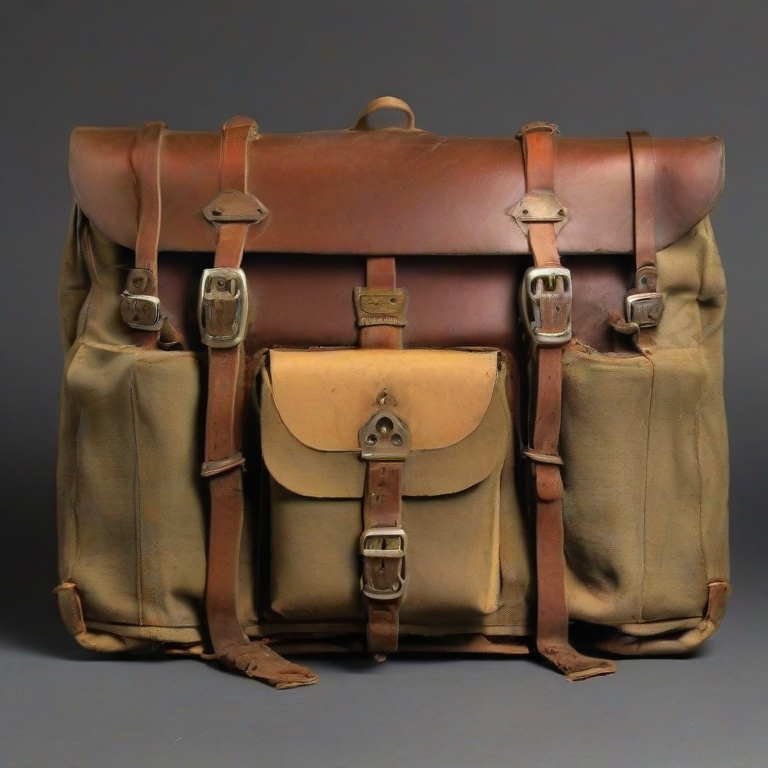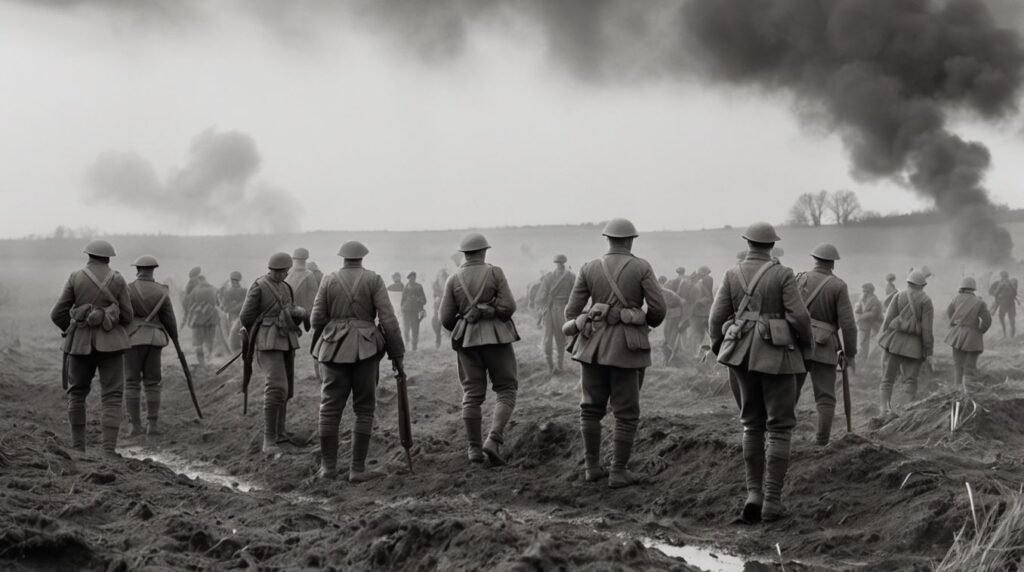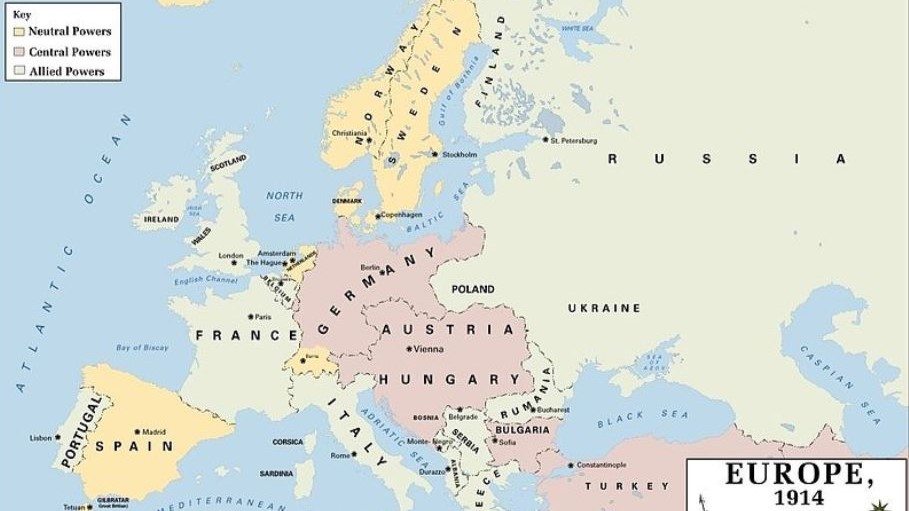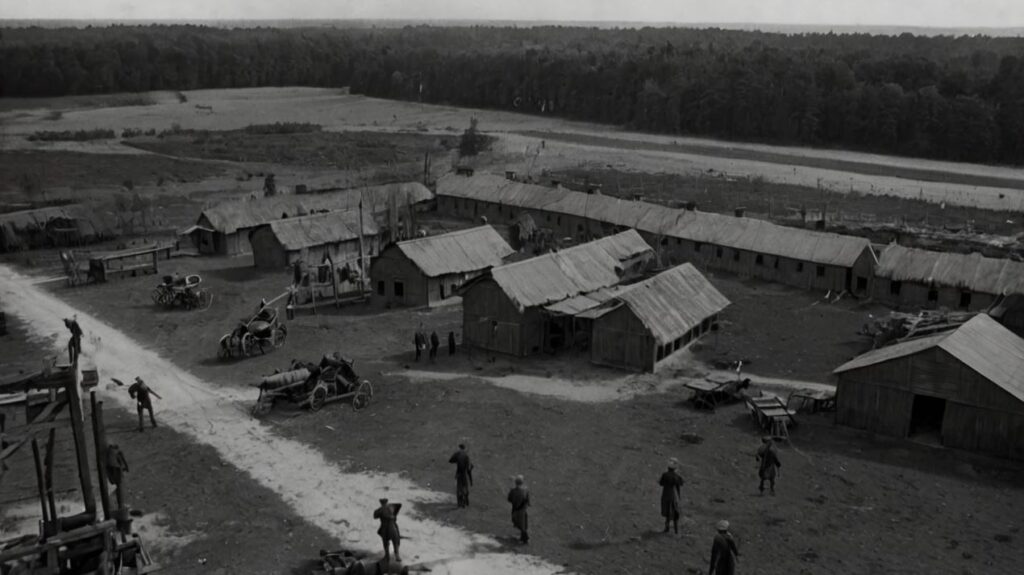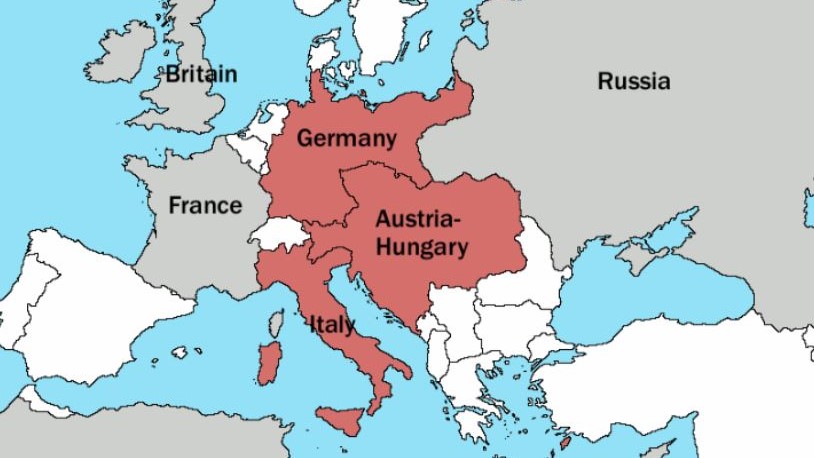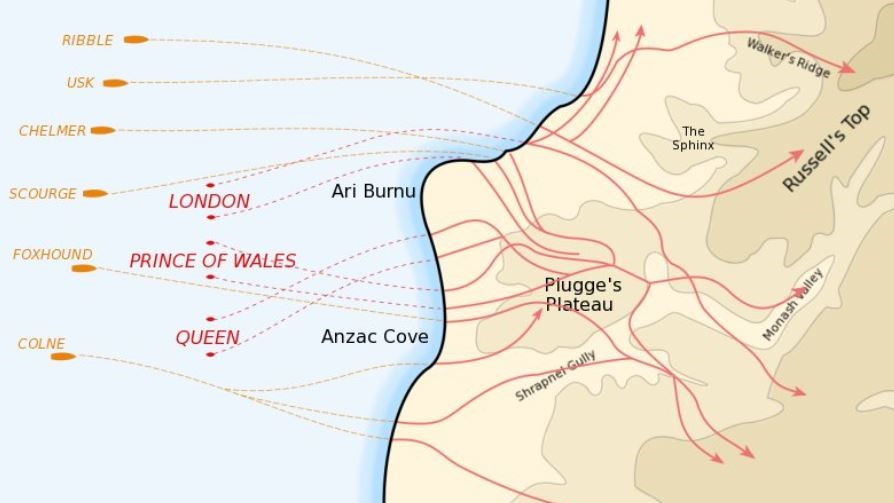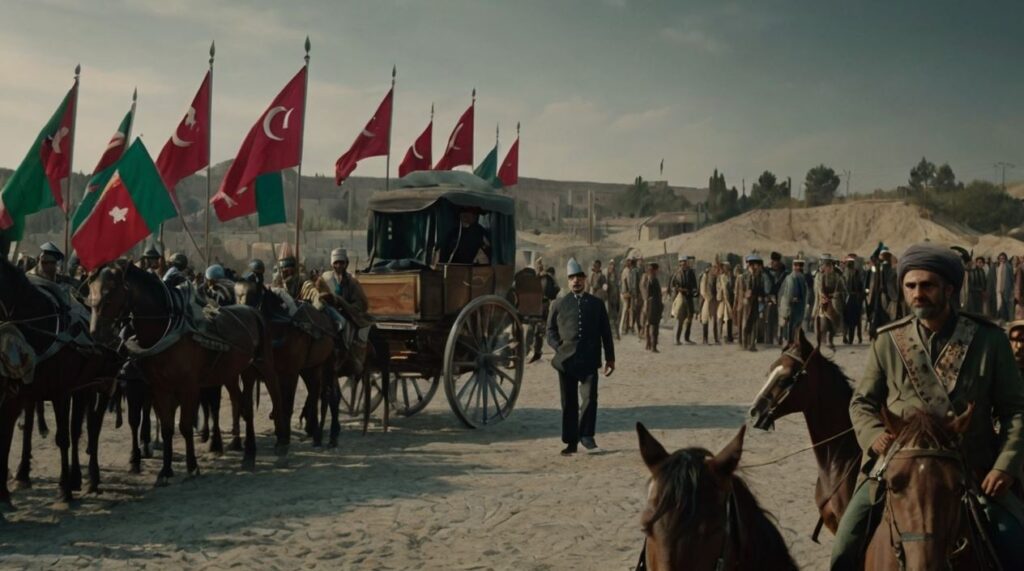What Was the German Tornister Pack Used for in World War I? The German Tornister Pack is a piece of military equipment synonymous with World War 1. It was more than a mere backpack, but a lifeline for soldiers navigating the challenges of World War I.
This article explores the crucial role played by the German Tornister pack. It will provide insights into how this backpack became an enduring symbol of the soldier’s experience during the tumultuous times of World War I.
What was the Tornister Pack?

The term “Tornister” itself refers to a type of backpack used by infantrymen. It was characterized by its distinctive design and functionality and was a carefully crafted tool essential to the survival and efficiency of German soldiers on the front lines.
The key features included:
- Leather Material: At the core of the Tornister Pack’s construction was the use of durable leather. Soldiers relied on packs crafted from materials such as fur-covered, calf-skin, and horsehide. This choice of material not only provided resilience against the harsh conditions of warfare but also ensured the Tornister Pack could withstand the rigors of daily use in the trenches.
- Straps and Adjustments: The Tornister Pack’s design featured leather suspension straps, equipped with quick-release bolts and D-rings, facilitating ease of use and adjustment.
The carefully crafted leather straps facilitated the secure attachment of the Tornister Pack to the soldier’s back. This ensuring that it stayed in place during rapid movements and maneuvers. This feature allowed infantrymen to maintain a high degree of agility, crucial in the dynamic and unpredictable nature of trench warfare.
- Sizes: The German Tornister Pack was available in three distinct sizes, catering to the diverse physical attributes of soldiers. The availability of multiple sizes ensured a more ergonomic fit, contributing to the overall mobility and comfort of the infantrymen.
Storage and Organization within the Tornister Pack
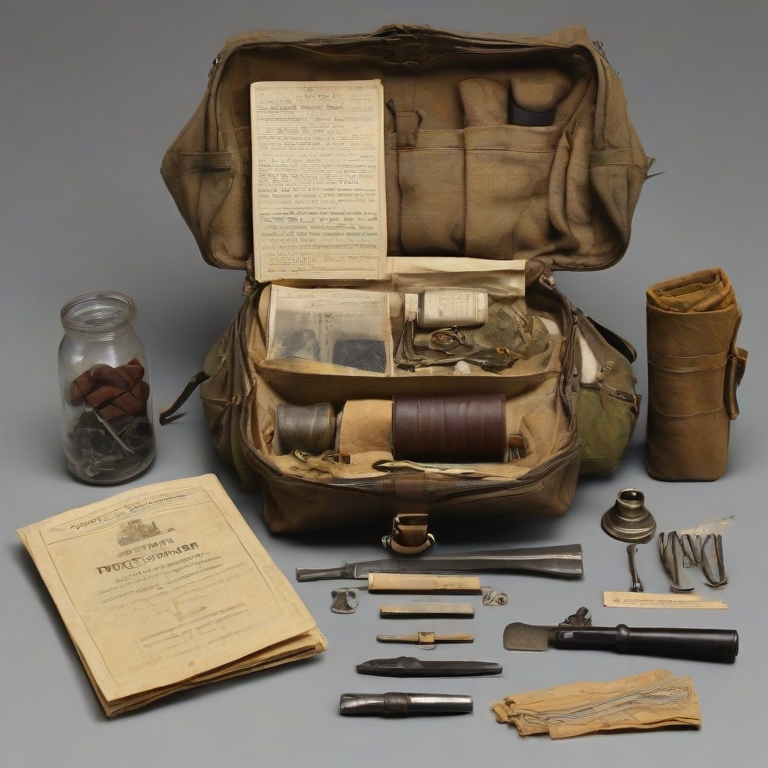
The German Tornister Pack was a carefully organized storage system designed to meet the practical needs of infantrymen on the front lines.
Here is a list of typical storage and organization within the tornister Pack (backpack) of a World War I soldier:
- Canteen for water
- Mess kit – including cup, plate, utensils
- Rations – canned food, hard tack biscuits, etc.
- Extra socks
- Rain gear – poncho, blanket
- First aid kit – bandages, medicine
- Sewing kit – for repairs
- Weapon cleaning kit
- Entrenching tool – small folding shovel
- Gas mask
- Letters/photos from home
- Playing cards
- Pocket Bible or other religious items
- Notebook and pencil
- Tobacco or pipe
- Extra ammunition
- Bayonet
- Sleeping roll or blanket
The tornister Pack was essential for soldiers to carry necessary equipment and personal items as they moved from camp to trenches on the front lines.
It contained rations, first aid supplies, weapon cleaning and sewing kits. This allowed soldiers to sustain themselves. Soldiers also kept their letters and religious items in them to provide a comfort from home. The packed tornister bore the burden of a soldier’s survival needs and few precious comforts amidst the hardships of war.
Tornister Pack Regulations and Packing Prescriptions
In the meticulous world of military regulations during World War I, the packing of the Tornister Pack was not left to chance. Prescribed guidelines were established to standardize the contents and arrangement of items within the TornisterPack, reflecting a commitment to efficiency and readiness on the part of German military authorities.
Packing of Rifle Cartridges: Regulations specifically addressed the inclusion of rifle cartridges within the Tornister Pack. This highlighted the strategic importance of ensuring that soldiers had quick access to ammunition during engagements. The Tornister Pack, with its designated spaces for cartridges, became a crucial component in maintaining a soldier’s combat readiness.
Gewehrreinigungsbeutel for Cleaning: Another item specifically addressed by regulations was the inclusion of the Gewehrreinigungsbeutel, or cleaning kit, within the Tornister. This reinforced the emphasis on the maintenance of weaponry in the field.
By prescribing the inclusion of specific items, military authorities aimed to ensure that soldiers were well-prepared for the challenges of the battlefield.
Tornister Pack’s Legacy and Continued Use

Influence on Subsequent Military Equipment
The legacy of the German Tornister Pack extends far beyond the trenches of World War I, leaving an indelible mark on the design and conceptualization of military equipment in subsequent conflicts.
The adaptability and functionality of the Tornister Pack influenced the evolution of military backpacks and gear, with lessons learned from its use contributing to advancements in infantry equipment.
Lasting Impact and Lessons Learned
The use of the Tornister Pack in World War I left a lasting impact on military doctrine and practices.
European Surplus and Contemporary Sources: The surplus of German military equipment, including Tornister Packs, after World War I had a significant impact on post-war military landscapes. European surplus provided nations with cost-effective access to proven equipment, and many elements of the Tornister Pack’s design were incorporated into the military gear of various countries.
Contemporary sources, such as military historians and equipment experts, continue to reference the Tornister Pack as a historical benchmark.
The Tornister Pack’s legacy remains alive in the ongoing evolution of military equipment. Its design principles, the adaptability of its features, and the emphasis on soldier comfort and efficiency continue to influence the development of backpacks and gear for modern infantry.

